
Setu Bandha Sarvangasana Bridge Pose Live Yoga Now
Setu Bandha Sarvangasana is translated as Bridge Pose, but more specifically it refers to all of your limbs forming a bridge. With your limbs and torso you are making a bridge with your body. This asana also acts as a bridge in other ways, connecting you to a larger body of yoga poses that require similar alignment and actions in the hips, legs.

Premium Photo Setu bandhasana setu bandha sarvangasana bridge pose slender sports girl does
(Setu Bandha Sarvangasana) Bridge Pose Prep & Practice 1 Beginning on the back with knees bent, feet flat on the mat. Bring feet parallel, hip-width apart, and as close to the seat as possible. Feet, ankles, and knees in line. Arms by sides, palms down, fingertips pointing toward heels. Shoulders firm in and down, heart and chest spread and soften.

Setu Bandha Sarvangasana My Yoga Tutor
Bridge Pose (Setubandha Sarvangasana) is an inverted back-bending asana in Hatha Yoga. Categorized under the beginner level of Asanas under the supine category, Bridge Pose is a moderate chest opener. Here the entire spine is beautifully curved and away from the floor/mat, which causes a bridge.

Setu Bandha Sarvangasana (Bridge Pose) — Jack Cuneo
Bridge Pose (Setu Bandha Sarvangasana) is a versatile pose. It can be performed dynamically or restoratively, as a strengthener or as a resting pose. It allows you ample options for finding a version of the backbend that works for you. When you practice Bridge, the shape you make with your body uses all your limbs.

Shoulder Supported Bridge (Setu Bandha Sarvangasana) Yoga Pose
Setu bandha sarvangasana is one of the basic backbend poses that prepares one for advanced backbend versions. The term is derived from the Sanskrit setu, meaning "bridge," bandha, meaning "lock," sarva, meaning "all," anga, meaning, "limb," and asana meaning "pose." To enter the pose, lie on the back with knees bent and hands and feet on the mat.
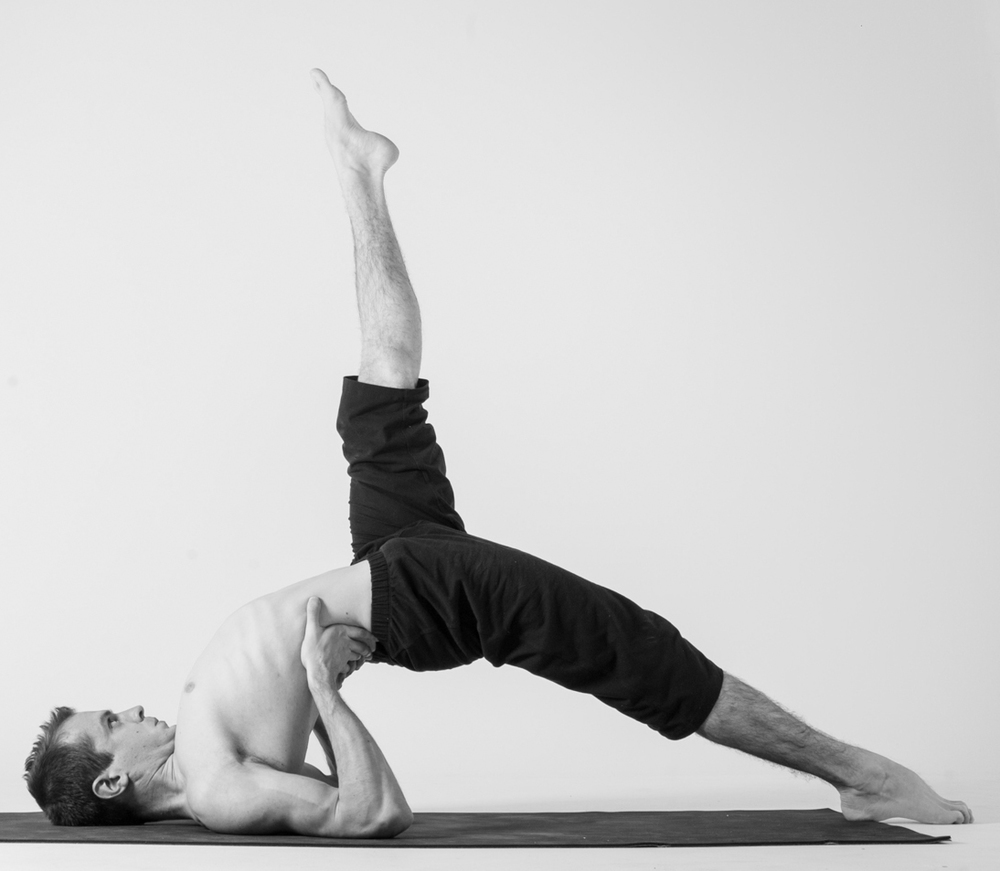
Eka Pada Setu Bandha Sarvangasana (OneLegged Bridge Pose) — Jack Cuneo Yoga
Setu Bandha Sarvangasana is known as setu bandhasana. the bridge pose has a lot of benefits, here we have described easy steps of setu bandhasana for beginners. Skip to content.. The word Setu Bandha comes from the Sanskrit word "Setu" which means Bridge; and the meaning of Bandha, is Lock or bind, and Asana means Posture, pose or seat..

Practice Setu Bandha Sarvangasana How To Do It, Benefits & Steps
Bridge Pose (Setu Bandha Sarvangasana): How to Do and Benefits Bridge Pose (Setu Bandha Sarvangasana): How to Do and Benefits Ashish March 4, 2020 No Comments [table id=17 /] Bridge pose is an inverted back-bending posture, that mainly stretches the spine, chest, and neck. It is commonly used in Vinyasa sequences. Mudras: The Yoga of The Hands

Setu Bandha Sarvangasana Bridge Pose YOGATEKET
Setu Bandha Sarvangasana, also known as Bridge Pose, is one of the first few back-bending yoga poses many new yogis begin to master. In this pose, the head and neck are descending more than the heart with comfortable pressure, allowing you to gain the physical and deep emotional benefits of opening your chest and thoracic spine.
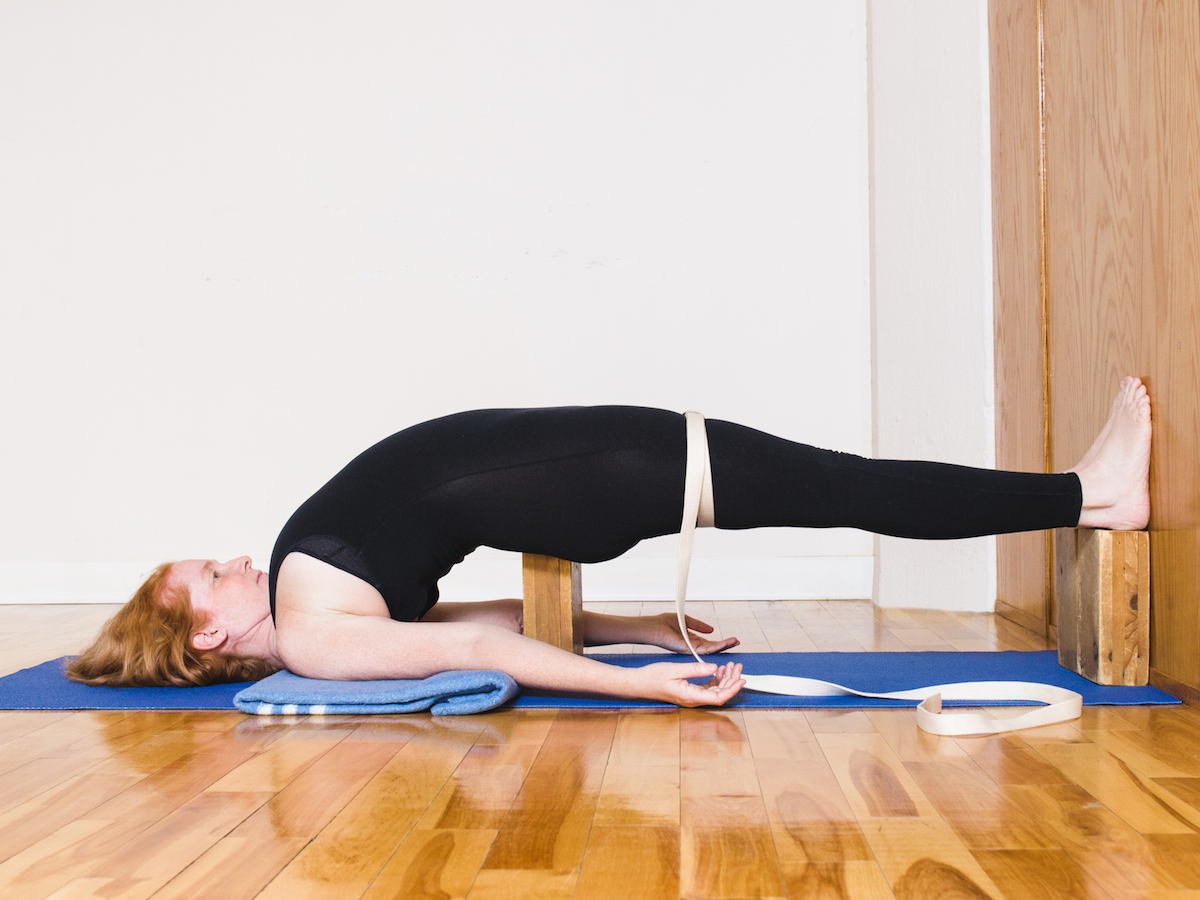
Supported Setu Bandha Sarvangasana Supported Bridge Pose United Yoga Montreal
Bridge Pose - Setu Bandha Sarvangasana Step by step Lying on your back, place your feet flat on the floor, a comfortable distance away from the hips Place your arms next to the ribcage. You can either bend your elbows 90 degrees so that your fingers are pointing to the ceiling or hold onto the outer edges of your mat

Bridge Pose How to Practice Setu Bandha Sarvangasana
How to Do Supported Bridge (Setu Bandha Sarvangasana) in Yoga Proper Form, Variations, and Common Mistakes By Ann Pizer, RYT Updated on July 28, 2020 Reviewed by Sara Clark Table of Contents View All Benefits Step-by-Step Instructions Common Mistakes Other Options Safety and Precautions Verywell / Ben Goldstein

Setu Bandha Sarvangasana(Bridge Pose) How To Do it?
99K views 7 years ago In sanskrit 'Bridge' means 'Setu', 'Bandha' means 'Lock' and 'Asana' means 'Pose'. The poses look like the shape of the bridge, so this pose is called as bridge pose. This.
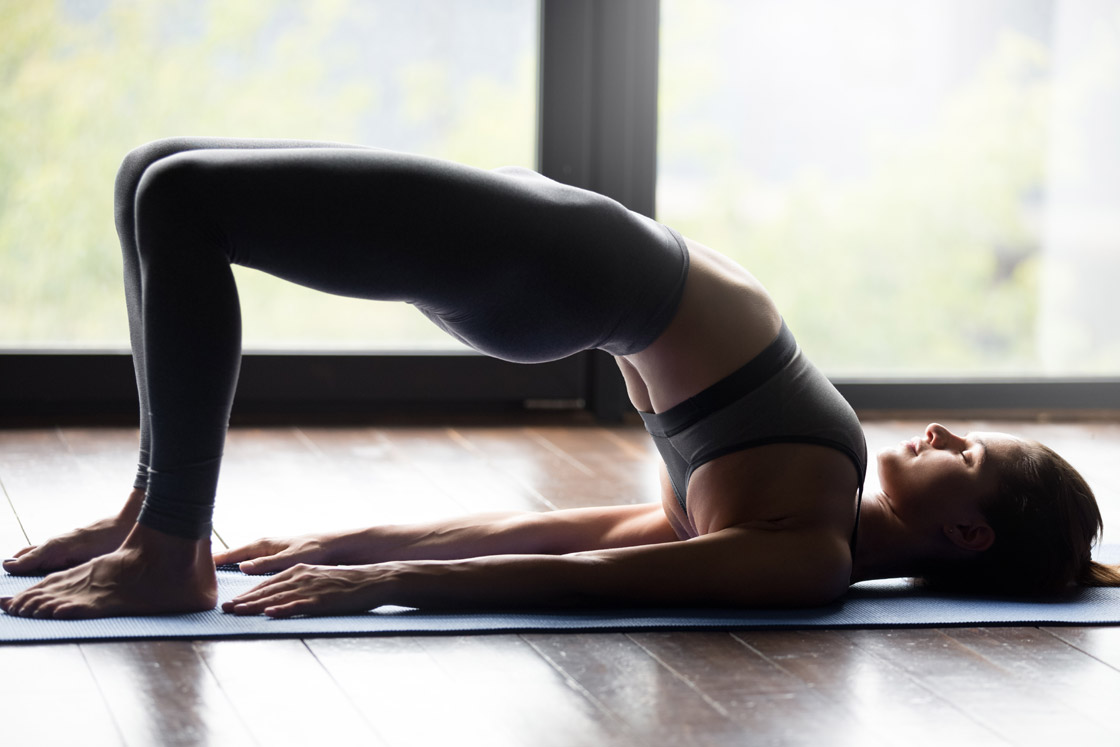
Bridge Pose (Setu Bandha Sarvangasana) How to Do and Benefits Fitsri Yoga
One of my favorite postures for awakening the senses to the here and now is Setu Bandha Sarvangasana (Bridge Pose), a beginning backbend that strengthens the legs and hips, massages the spine, and opens the heart. Methodical practice of this asana also offers an opportunity to explore the body and its movements with attention and care.
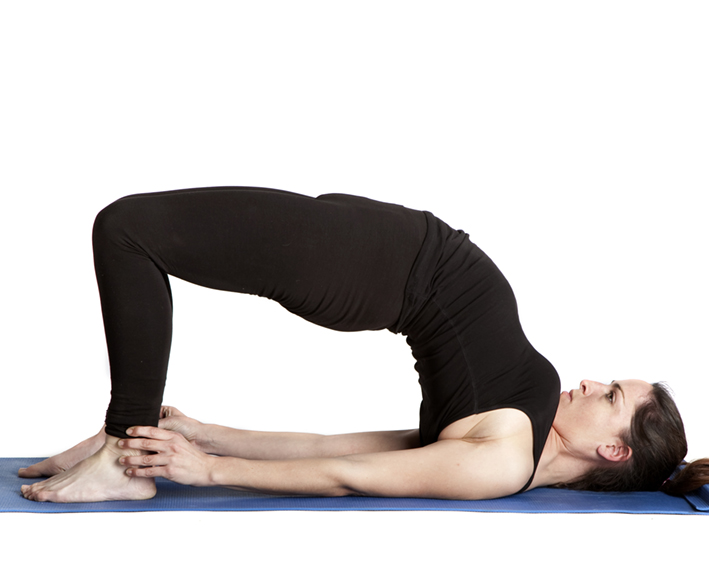
Counting health benefits of Setu Bandha Sarvangasana Women Fitness
Setu Bandha Sarvangasana, also known as the Bridge Pose or Setubanda, is an inverted back-bending asana. The meaning of the term Setu Bandha Sarvangasana is derived from Sanskrit words 'Setu' meaning bridge, 'Bandha' meaning to lock, 'Sarva' meaning all, 'anga' meaning limbs, and 'asana' meaning posture.

Bridge Pose / Setu Bandha Sarvangasana When practicing this pose, watch out for * Your neck
The Setu Bandha Sarvangasana is one of the basic backbend poses which prepares the body to perform other advanced yoga poses or asanas. It is an intermediate-level pose, under the lying down the category of yoga asanas. The Bridge Pose has a lot of scientific benefits compared to other yoga poses. It stretches your chest, neck, and spine areas.
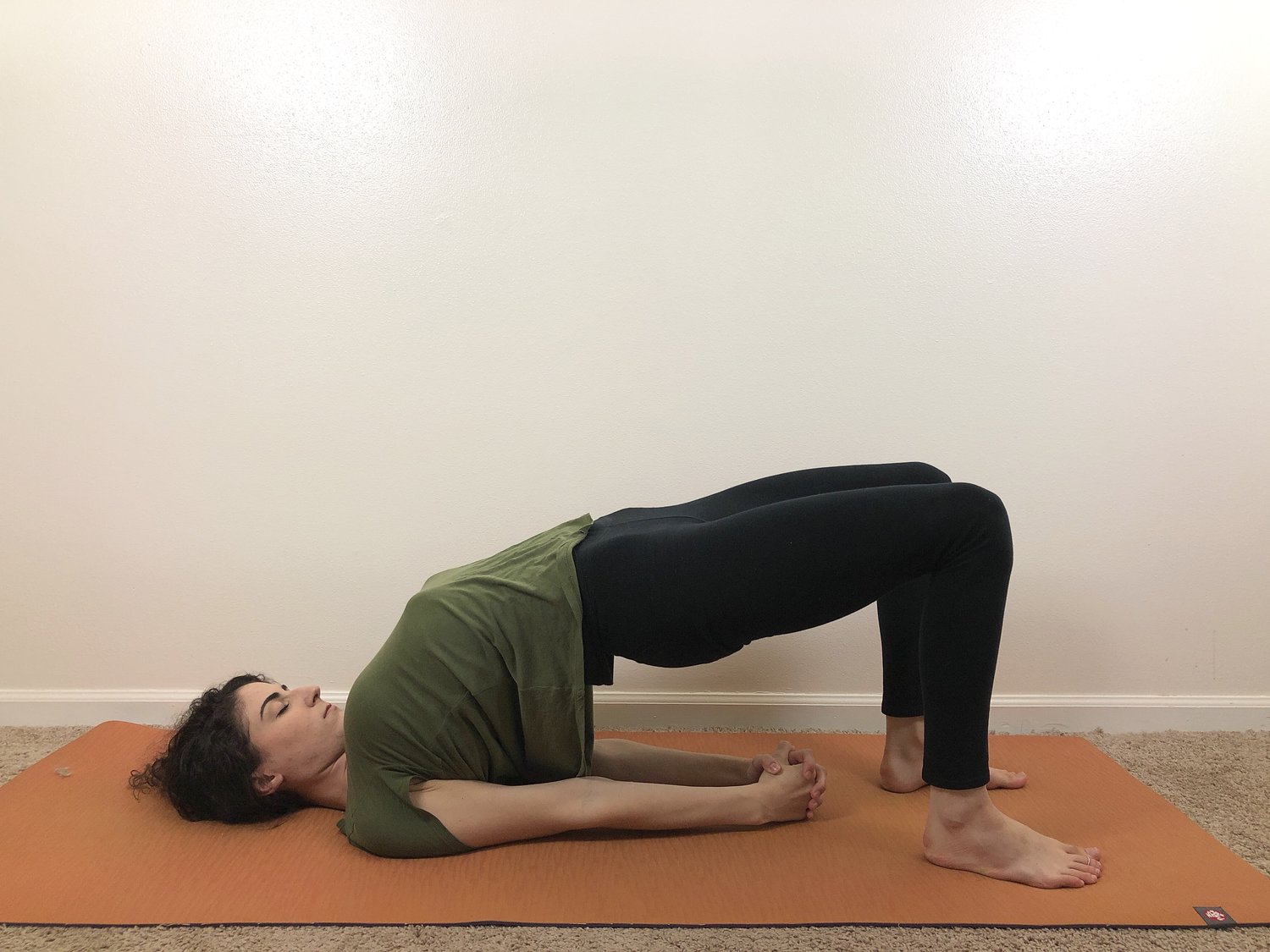
SETU BANDHA SARVANGASANA BRIDGE POSE — sleepy santosha
August 1, 2021 by Stephen Want to learn more about Setu Bandha Sarvangasana, or Bridge Pose? In this post, I share the benefits of this pose — which is also known as Setu Bandhasana — a complete pose tutorial, contraindications, myths, a step-by-step video, modifications and more. Barbara Bakos, Illustrator

Setu Bandha Sarvangasana the bridge pose YouTube
Benefits of Bridge Pose — Setu Bandha Sarvangasana. Because Bridge Pose — Setu Bandha Sarvangasana revitalizes your legs and stretches your shoulders, it may be a particularly rejuvenating pose for people who spend the day sitting ahead of a computer or driving. It is also a preparatory pose for Salamba Sarvangasana and Urdhva Dhanurasana.